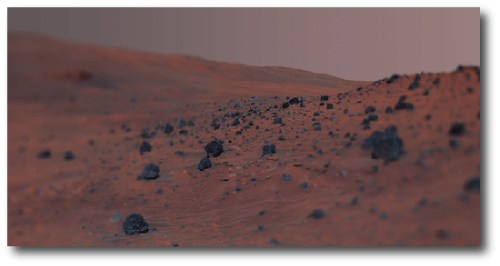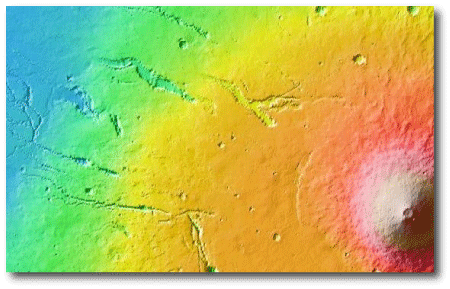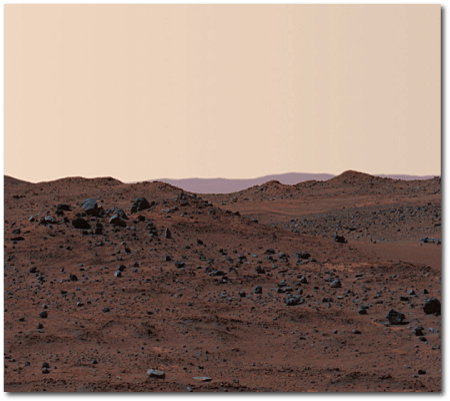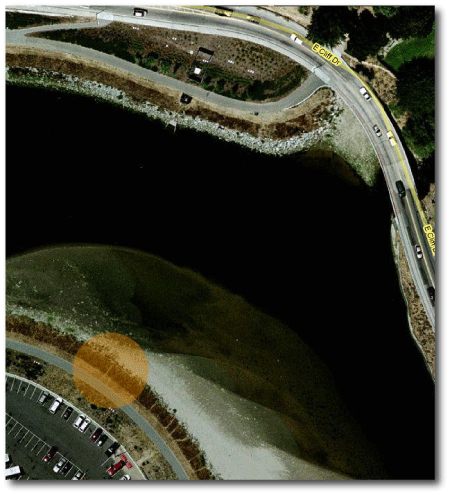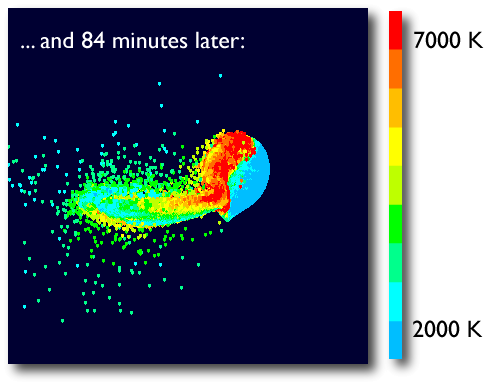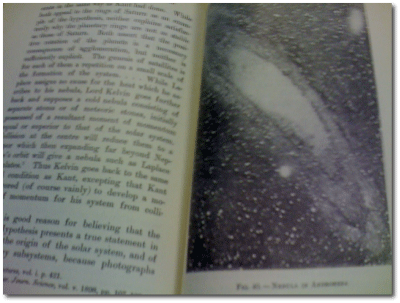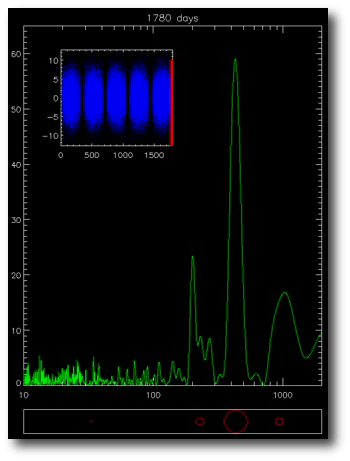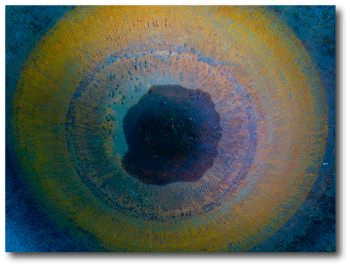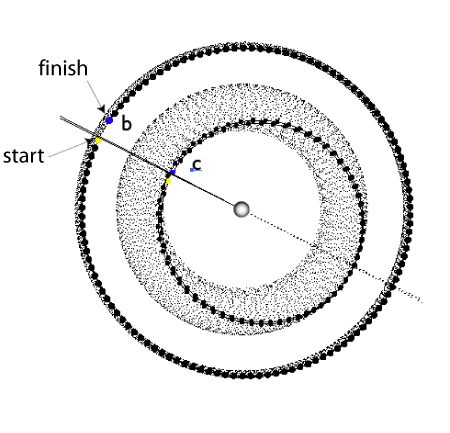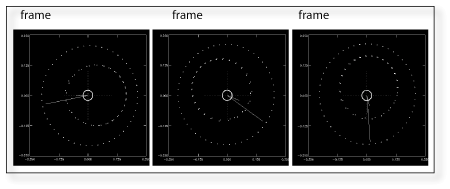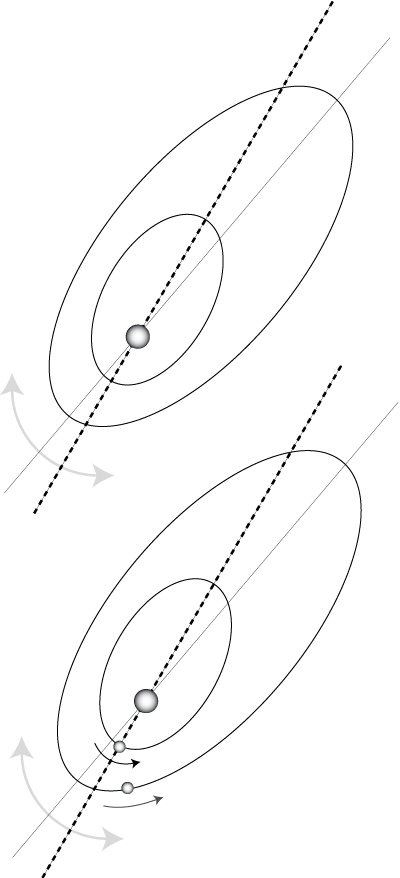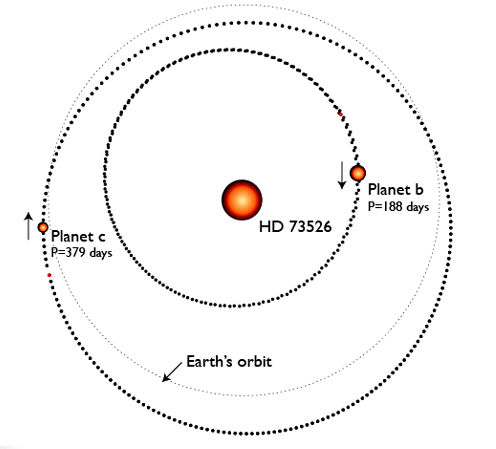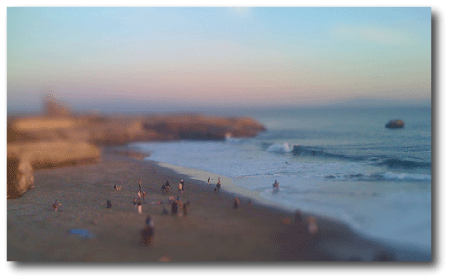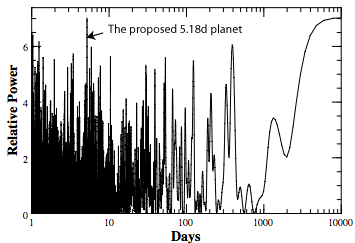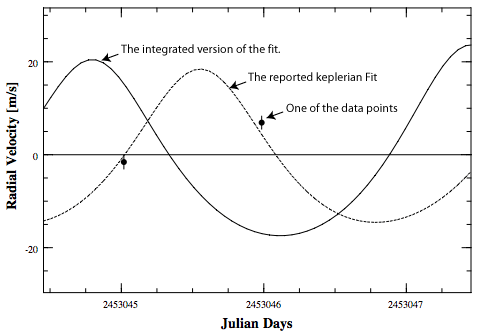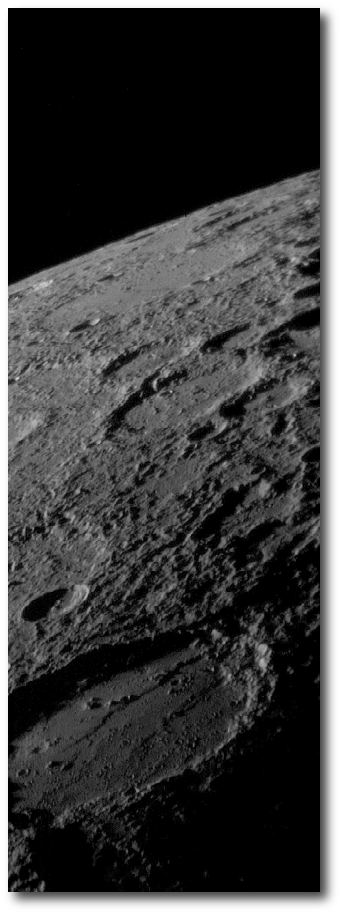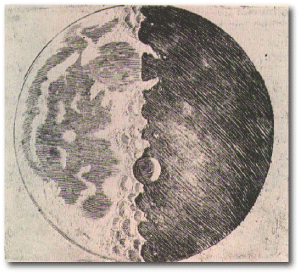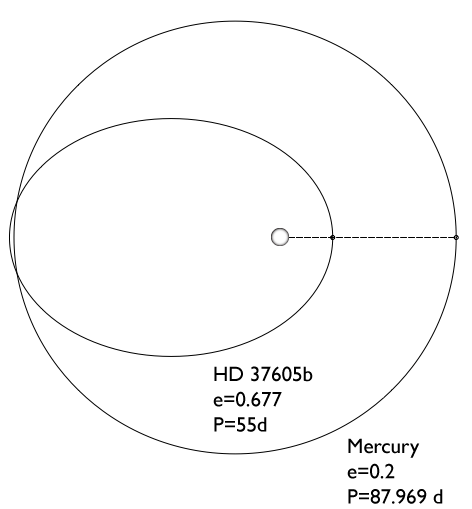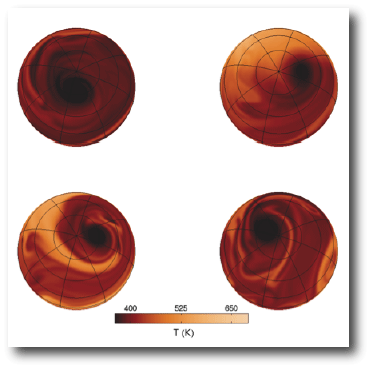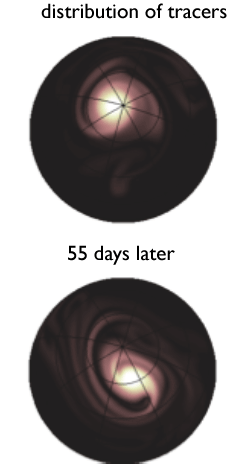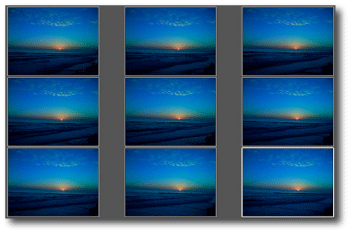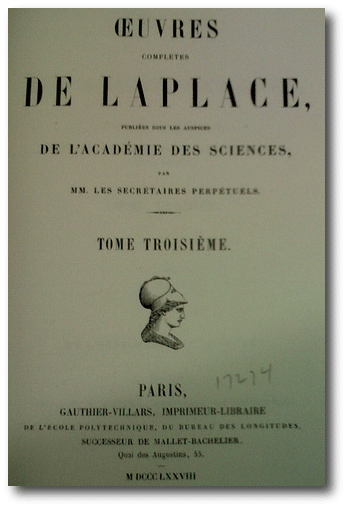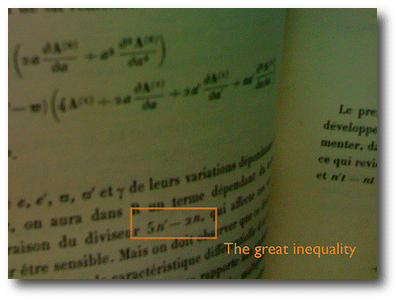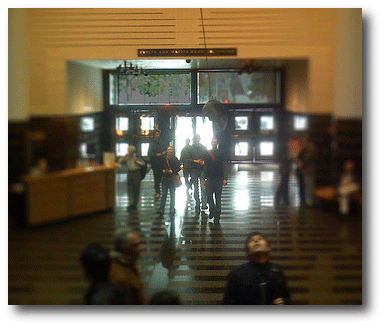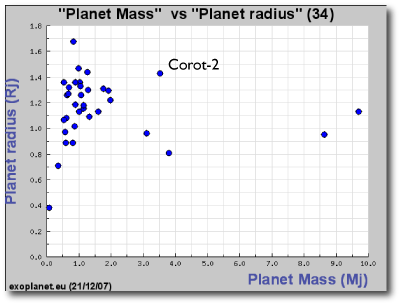
Image Source.
Stefano, and Eugenio and I have been completely immersed in several time-critical projects during the past few months, and as a result, the frequency of posts here on oklo.org has not been as high as I would like. We’re starting to see our way clear, however, and very shortly, there’ll be a number of significant developments to report. Also in the cards is a major new release of the console, and a refocus on the research being carried out on the systemic backend. In any case, sincere thanks to all the backend participants for their patience.
Oklo regulars will recall all the excitement last fall surrounding the discovery of transits by HD 17156b. The transit was first observed on September 10th by a cadre of small telescope observers, and was then confirmed 21.21 days later on October 1.
Jonathan Irwin at Harvard CfA has led the effort to analyze and publish the October 1 observations of the transit. The work recently cleared the peer-review process, and was posted on the web a few days ago. (Here’s a link to the paper on astro-ph.)
The night of October 1 was plagued by atrociously aphotometric conditions across the North American continent, and most of the observers who tried to catch the transit were clouded out. Southern California, however, had reasonably clear skies, and three confirming time series came from the Golden State. The Mount Laguna observations were taken from SDSU’s Observatory in the mountains east of San Diego, the Las Cumbres observations were made from the parking lot of the LCOGT headquarters in Santa Barbara, and Transitsearch.org participant Don Davis got his photometry from his backyard in suburban Los Angeles.
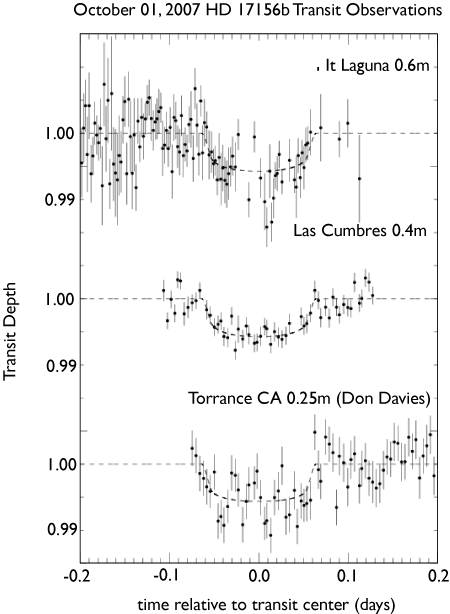
The aggregate of data from the October 1 transit allowed us to refine the orbital properties of the planet, and additional confirming observations in a paper by Gillon (of ‘436 fame) et al have given a much better characterization of the orbit.
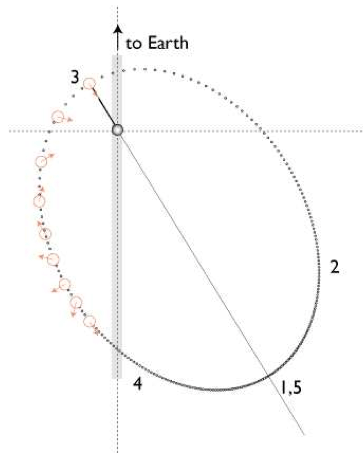
Because of the high orbital eccentricity, the planet should have very interesting weather dynamics on its surface. Jonathan Langton’s model predicts that the planet’s 8-micron flux should peak strongly during the day or so following periastron passage as the heated hemisphere of the planet turns toward Earth.

By measuring the rise and subsequent decay of the planet’s infrared emission, it’ll be possible to get both a measure of the effective radiative time constant in the atmosphere as well as direct information regarding the planet’s rotation rate. Bryce Croll is leading a team that successfully obtained time on the Spitzer telescope to make the observations.
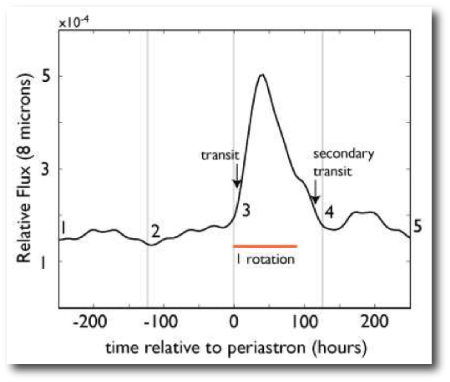
In another interesting development, a paper by Short et al. appeared on astro-ph last week which proposes the existence of a second planet in the HD 17156 system. The Short et al. planet has an Msin(i) of 0.06 Jupiter masses and an orbital period of 111.3 days. It’s quite similar to the slightly more eccentric (and hence dynamically unstable) version of the HD 17156 system proposed by Andy on the Systemic Backend last December, which was based on the radial velocities and transit timing then available:
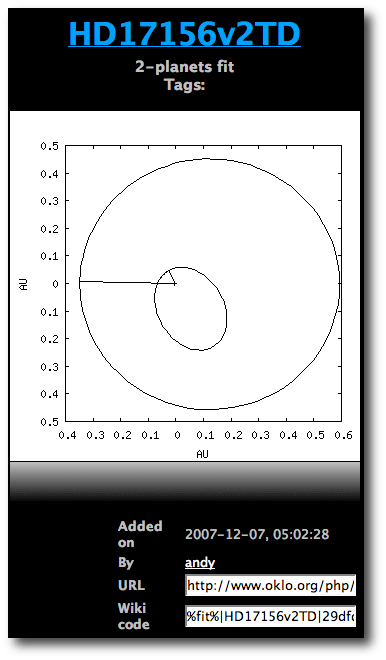
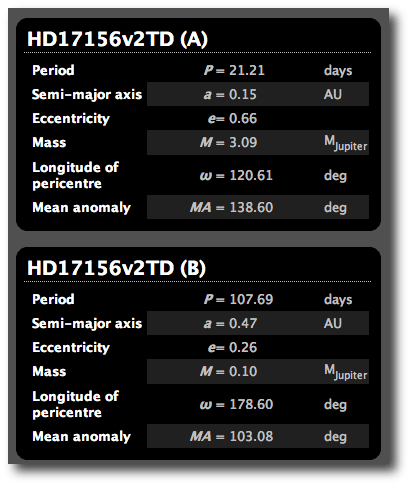
The existence of a second planet in the HD 17156 system would be extremely interesting! The immediate question, however, is, how likely is it that the second planet is actually there?
To make an independent investigation, it’s straightforward to use the downloadable systemic console to fit to the available published data on HD 17156. I encourage you to fire up a console and follow along. Now that the Irwin et al. paper is on the web, we have the following transit ephemerides:
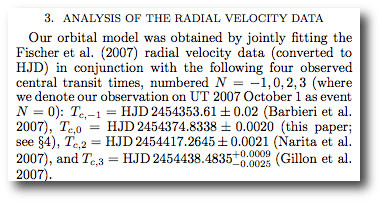
These can be added to the HD17156.tds transit timing file in the datafiles directory. The file should be edited to look like this:

When the HD17156v2TD system is opened on the console, it shows both the radial velocity and the transit timing data.
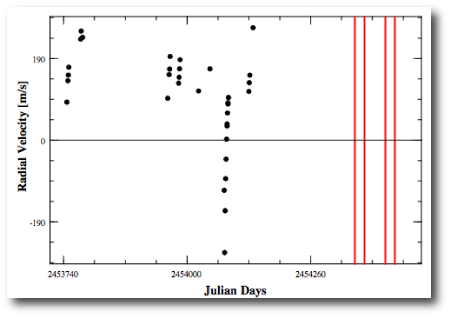
It’s quick work to dial in a one planet fit to the RV and transit timing data. I get a system with the following fit statistics:
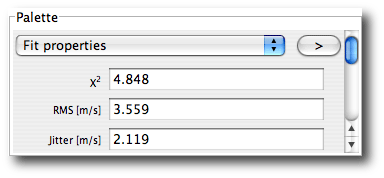
The required jitter of 2.12 m/s indicates that a one planet fit to the data should still be perfectly adequate, since the star (which is fairly hot and massive) has an expected stellar jitter of order 3 m/s. Nevertheless, the residuals periodogram does show a distinct peak at ~110 days:

Using the 110 day frequency as a starting point, one finds that ~0.1 Mjup planets do indeed lower the chi-square. I’ve uploaded an example two planet fit to the systemic backend that harbors a second planet in a 113 day orbit and a mass of 0.13 Jupiter masses. Its periastron is aligned with that of planet b, and the RMS has dropped down to 3.08 m/s (for a self-consistent, integrated fit). The implied stellar jitter is a bargain-basement 0.59 m/s, which is almost certainly too good to be true.
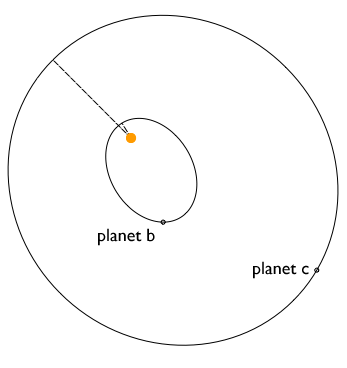
When I do an F-test between my one and two planet fits, the false alarm probability for planet ccomes in at 38%. It’s thus fairly likely that the second planet is spurious, but nevertheless, it certainly could be there, and it’ll be very interesting to keep tabs on both the transit timing data and the future radial velocity observations of this very interesting system…

